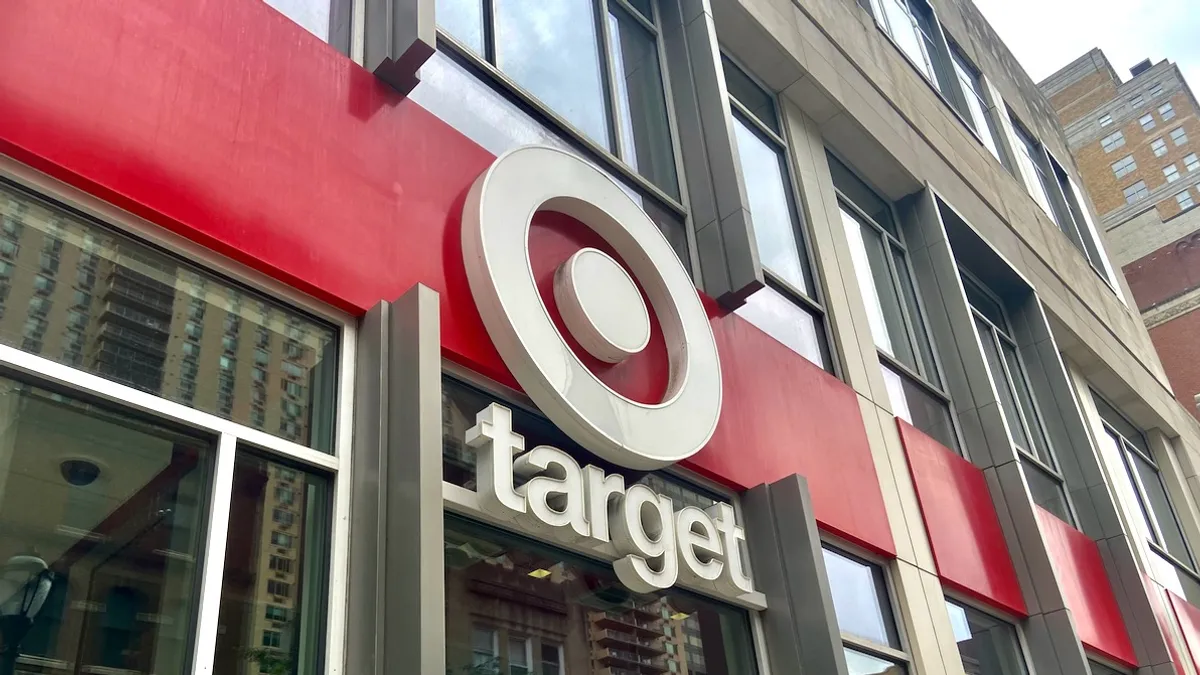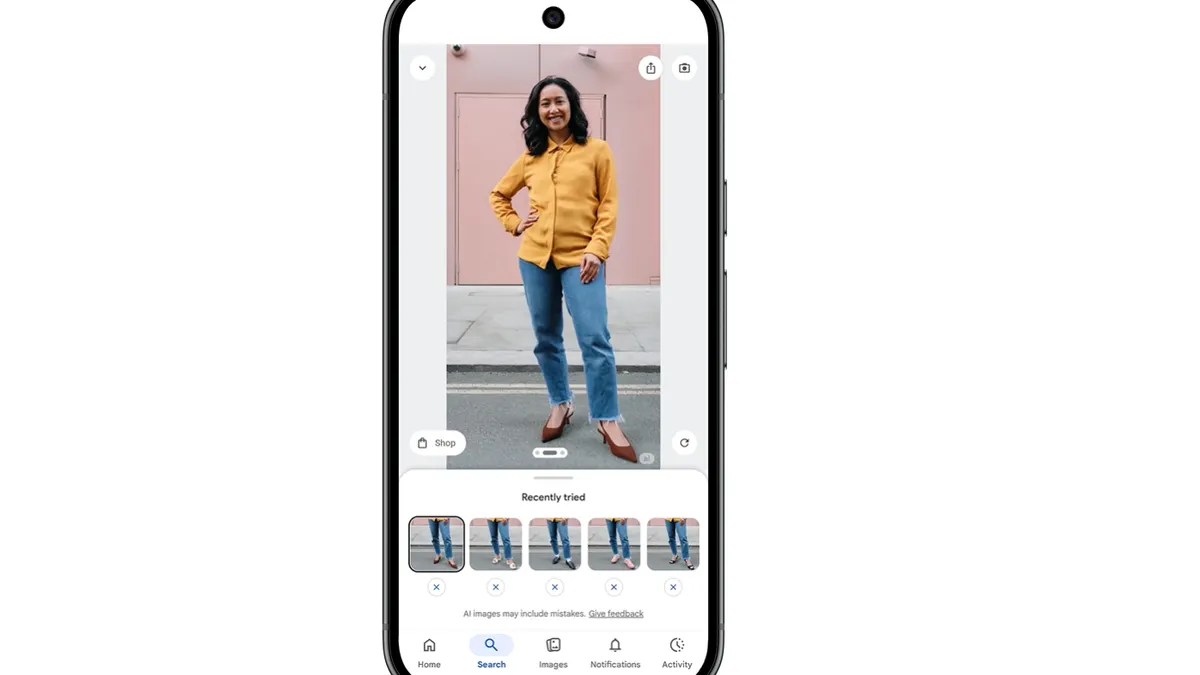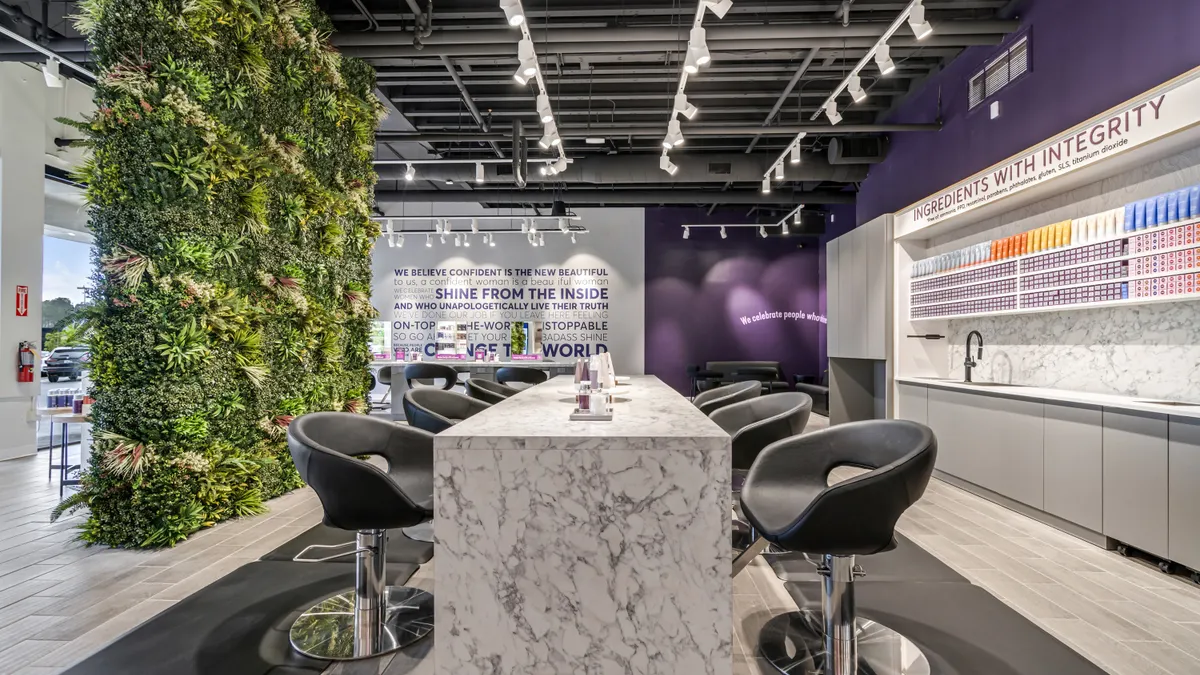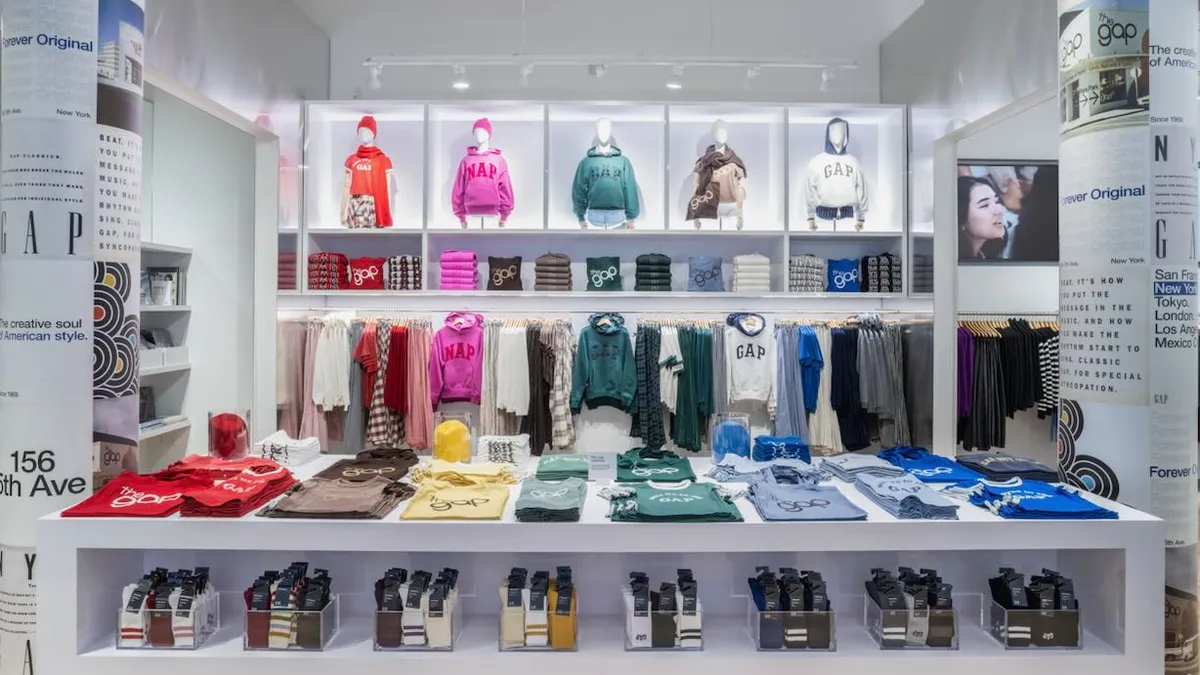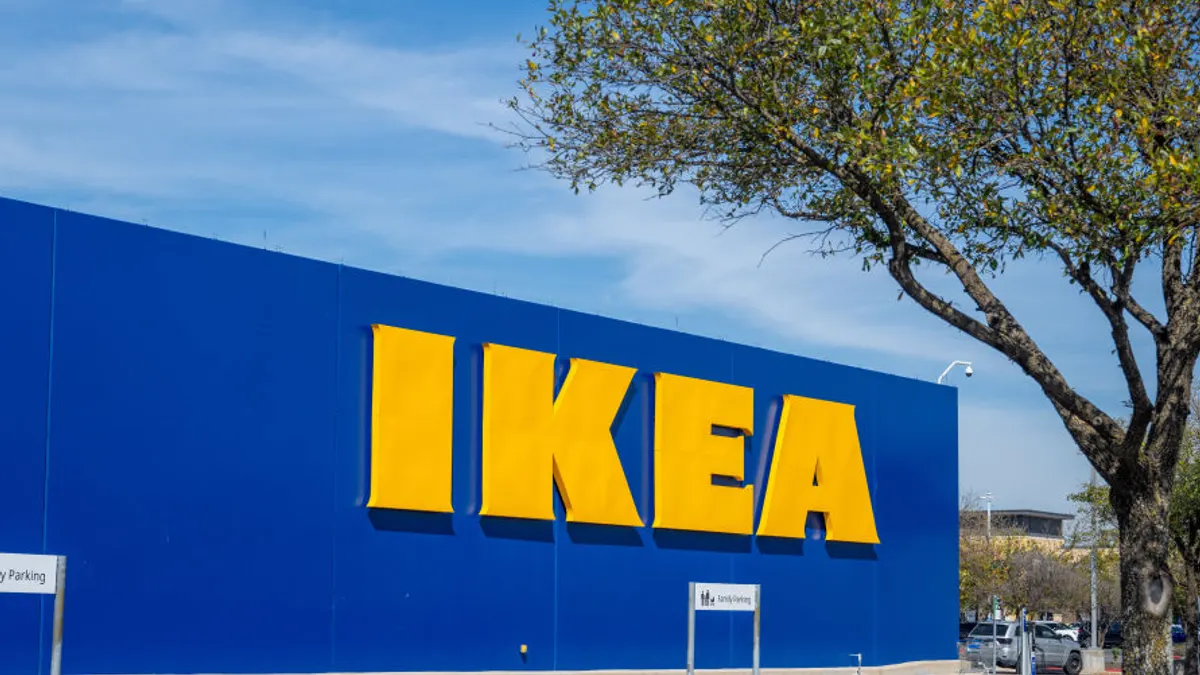In-car commerce technology that lets people pay for gas, order food and see offers from brands and retailers on the digital dashboards of connected vehicles is giving new meaning to the term "mobile commerce."
U.S. consumers spend a lot of time behind the wheel commuting to work, running errands or taking road trips to vacation spots, and interactive platforms increasingly will help them make the most of their travels. The average commute time has increased 20% since 1980, when the U.S. Census Bureau began asking people about their driving habits, as more traffic has congested roads and unaffordable housing near job centers has led many people to move further away from work.
About 135 million people, or 54% of the U.S. adult population, rely on a car to get to work, and they typically spend 15 to 30 minutes each way, according to a study this year from Visa and Pymnts.com.
Those drivers are responsible for $212 billion of spending during their commutes, including $59.6 billion on gasoline. Nearly three quarters of all commuters surveyed, and 82% of millennials with long commutes, said they would shop more if the ability to shop and pay were integrated into their car, the survey of 2,000 people found.
Marketers are taking notice of the opportunities for in-car commerce as U.S. sales of connected vehicles are forecast to grow to 12.7 million units a year, or 76% of new cars, by 2024 from 7.6 million two years ago, according to IHS Markit forecasts. The world's biggest automakers, such as General Motors, Ford, Toyota and Volkswagen, have developed connected-car systems with varying capabilities ranging from on-demand music streaming to automatic payments at gas stations. Retailers like Starbucks, TGI Fridays, Applebee's, Dunkin' Donuts and Wingstop are exploring how their customers are using these systems.
"It is important that the in-car payment solution is a seamless experience that the consumer wants to adopt," Olabisi Boyle, senior director of IoT, global connected car at Visa, said by email. "To aid in creating that 'adoptable' consumer experience, we are looking at the various driver personas, as vehicles today are used for different purposes — family car, ride sharing, weekend adventures, ride-hailing and more."
One of the biggest concerns among marketers is whether enough consumers have adopted in-car commerce technology, making the digital dashboard a worthwhile marketing platform that meets or exceeds their experiences with a smartphone.
"We're keeping our eye on it [in-car commerce]," Mike Balducci, vice president of strategy at marketing firm Valassis Digital, said in an interview with Mobile Marketer. "It's still in the early stages, and it's a chicken-or-the-egg problem of whether there are enough users or enough content to make it interesting for brands. That makes it challenging to get off the ground."
He said carmakers have contacted his company about distributing promotions and offers for its clientele of advertisers.
Smartphone rivalry
Carmakers do face a challenge in overcoming the loyalty that mobile users show for their smartphones, according to a study from researcher Strategy Analytics. Car buyers show a greater preference for vehicles that have in-car human machine interfaces (HMI), but solutions offered by tech companies are more popular than the on-board systems installed at the factory. Apple CarPlay, Android Auto and Baidu CarLife are a "must-have" for prospective car buyers, the study found, even though those systems are mostly limited to smartphone functions for calls, texting, navigation and infotainment.
Drivers also are more likely to use smartphones than a car's preinstalled digital dashboard for in-vehicle commerce. About half of commuters, or 66 million, use their smartphones to find the nearest gas station, to order and pay for take-out food and curbside groceries and to find and pay for parking, Visa and Pymnt.com's survey found.
But that high usage may mean smartphones are a significant gateway to greater usage of digital dashboards for shopping, as 84% of the 69 million car commuters who already access internet in their car said they would shop more frequently than they do now if e-commerce were more embedded into a car's operating system. In addition, 66% of commuters who order ahead and pay for food said they would do that even more often with an in-car commerce platform, the survey found.
Design challenges
While consumer willingness presents an enormous market opportunity, a significant challenge for carmakers is designing a platform that drivers find user-friendly and that doesn't create another safety hazard.
Infotainment systems were found to be a dangerous distraction to drivers, especially if they had more features like the digital dashboards found in luxury cars, according to a study by the AAA Foundation for Traffic Safety. Drivers also complained that touchscreens can be difficult to use for such features as adjusting the radio volume or wiper speed while driving, according to Scientific American.
"[Carmakers] need to look at how they design the passenger experience," Alex Stock, a partner at innovation strategy and design firm Fahrenheit 212, part of Capgemini, said in an interview. "They have to think about how they will delight their customers in creating the cockpit of the future."
Cars will become more responsive to their surroundings, creating additional opportunities for brands to develop in-car experiences for drivers and passengers, he said. That means a fast-food restaurant, for example, could interact with a car's on-board platform to adjust its interior lighting, music and touchscreen display as customers enter a drive-thru lane.
Drivers generally dislike commuting more than other activities like work, chores and child care, according to a study on human happiness. That gives carmakers an opportunity to help people relieve their discomfort with an improved in-car experience.
Improved experiences likely would help to drive adoption of a connected car's services. Currently, one out of four (25%) of car owners don't actively use their connected car's features, including 11% who don't know if their vehicle has the technology, according to a study by Kantar TNS. More than half (56%) of drivers who checked out the connected features when they bought their cars said they didn't plan to or were unsure whether they will renew them in the future, the survey found.
Carmakers still have a lot of work to do to overcome skepticism from consumers and advertisers.
"I don't believe that building in commerce features are anything more than a tech gimmick and don't have much of a chance of changing user behavior," Michael Mothner, chief executive of digital marketing agency Wpromote, said by email. "Every car driver on the road has a smartphone in their pocket with far more highly developed apps for all their most important mobile activities."
Personalized experiences
Customizing the in-car experience is seen as crucial to urging more drivers to use their digital dashboards for mobile ordering and buying. That means collecting data on driver behavior that can be used to personalize advertising and avoid inundating them with distracting ads that diminish the user experience.
"One of our rules in developing platforms for OEMs is we don't want to spam drivers, and the ads should be relevant to a car owner," Dan Gittleman, chief executive of Xevo, a software developer that helped General Motors create its GM Marketplace platform for in-car commerce. "We want the experience to be as easy as turning on a radio." Xevo's software is installed in 25 million cars.
Shell Oil and ExxonMobil partnered with GM to let drivers of select Chevrolet, Buick, GMC and Cadillac vehicles pay for gas directly through their cars. Starbucks, TGI Fridays, Applebee's, Dunkin' Donuts and Wingstop are among the restaurant chains on GM's platform.
Xevo can collect 500 data points about a vehicle to not only monitor the car's performance but also to personalize the experience for the driver in a way that a smartphone can't, Brian Woods, chief marketing officer of Xevo, said in an interview.
"We provide a data-driven marketing platform with information that a mobile device doesn't know," he said.
GM this year plans to introduce a feature that detects when a vehicle's fuel tank is low and offers a coupon on the car's display for a discount at a nearby gas station. GM would collect a fee from retailers for coupon redemptions, according to The Wall Street Journal.
Monetizing platforms
Carmakers have a lot riding on the success of in-car commerce platforms. Consulting firm McKinsey estimated that monetizing the data from connected cars will become a $750 billion industry by 2030, including the direct marketing of products and services to consumers, and from sales of data and targeted advertising.
"We see cars as having another relevant screen to potentially use for advertising," Sam Mylrea, chief executive of PureCars, a digital marketing platform for car dealers, said in an interview. Just as the Google-owned Waze smartphone app can show location-based ads and sponsored pins on its navigation map to drivers, car platforms also have the possibility to deliver relevant, contextual ads, he said.
More data collection likely will lead to greater concerns about privacy, which means that carmakers will have to provide a compelling value proposition to drivers to share their information, according to McKinsey.
Third-party apps
It's also not clear how third-party app developers will fit into in-car platforms, and whether consumers will want to spend time searching for apps that don't come pre-loaded on a digital dashboard, like music streaming services.
"I'm going to say that car platforms won't be a major channel for app discovery," Chris Cunningham, founder of C2 Ventures, said in an interview. "Maybe a handful of apps will be pre-installed but for new apps in different verticals, the App Store via your iPad and mobile will be the primary discovery for new apps."
Voice-enabled apps may be one avenue for third-party developers to get onto car platforms, especially if drivers look for ways to bring along the digital assistants they like to use at home, like Google Assistant or Amazon Alexa, Cunningham said. Carmakers are unlikely to give up control of the money-making potential of their dashboard platforms to tech giants, as Mercedes-Benz demonstrated this year with the introduction of its MBUX digital assistant that bypasses the need for voice-enabled systems from Amazon and Google. But the potential rivalry among carmakers and tech giants may be short-lived as these industries find ways to work together as software and hardware companies have done in the past.
Future of mobility
Futurists imagine a day when many people won't own cars to get around, and instead will subscribe to a service that hails driverless vehicles when and where they need them. The "passenger economy" of mobility-as-a-service may be a $7 trillion market by 2050, according to a study by Intel and Strategy Analytics. Driverless cars will get passengers greater freedom to perform other tasks while they commute, including shopping.
The passenger economy will be shaped by a variety of companies, including tech giants like Apple. The company has been close-lipped about its plans for the automobile industry, which includes its Project Titan and tests of autonomous vehicles. Ming-Chi Kuo, an analyst at TF Securities who has a reputation for accurately predicting Apple products, this month said the tech giant may introduce an Apple Car by 2023 to 2025, according to Business Insider. Little else is known about Apple's plans, but Kuo said the vehicle likely will be integrated with other Apple services. That could mean more opportunities for in-car commerce.
The future of mobility also includes the possibility that consumer brands and retailers will have fleets of connected vehicles that bring shopping, dining and fun experiences directly to consumers, as Toyota has imagined with its e-Palette concept of multipurpose transports. In that scenario, electric vehicles could be equipped to act like roving stores that only allow entry to customers whose identification and payment methods have been pre-authenticated. Cashierless payments would let consumers save time by grabbing products from shelves and walking away. The self-driving vehicles could find their way back to charging stations to make the most of their idle time, which currently makes up more than 90% of a car's life, according to some estimates.
Until that day arrives, drivers will be captive to cars that gradually add features with each new model year, including greater connectivity that transforms how they shop for products and services.







